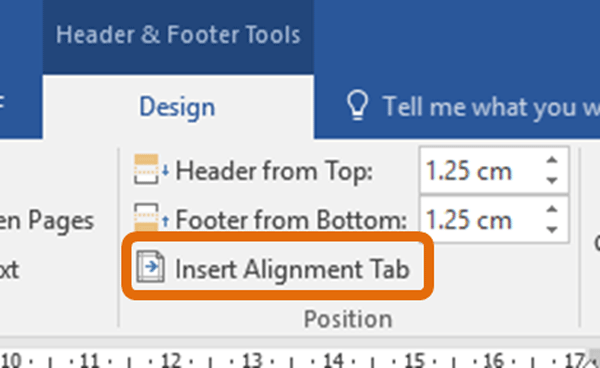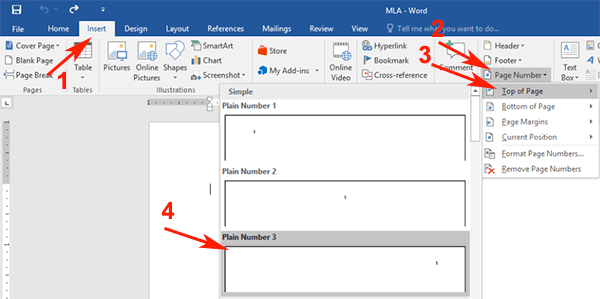

Page, and when you remove that text, the entire first page might Widow/Orphan control settings might have pushed text to the next Otherwise it is easy to remove the Section break by accident.įully justified text gets messed up for that last line-Word may haveĪ force justify command somewhere, but I am not aware of it. Keep the Show/Hide Paragraph Symbols activated to remove this, Text (at the top of page 2) that will probably need to be removed. Word automatically adds a paragraph break just before your pasted Once they have moved the additional text into Section 2, they can turn off the Show/Hide Paragraph Symbol setting (I always have mine on, but lots of people hate it).Ī few challenges to be aware of (all related to internal Word features that are supposed to be "helpful"):


Then paste all of the text that overflows page 1 into the first paragraph following your Section break. The easiest way to do this is to turn on the "Show/Hide Paragraph Symbol" feature. What you need to do is to teach your client that they will have to move all text that overflows page 1 into Section 2. Note: Remember - there must be sufficient color contrast between the text and the background color to meet accessibility requirements.Your template will always have to include a section break because otherwise you won't be able to format Section 2. Click OK - all text formatted with that heading style will change.
#How to change header in word 2016 update#
Check Automatically Update in the bottom left corner so that any text with that style applied in your document is automatically updated.Click the Format drop-down list in the bottom left corner to navigate through other style options.In the Modify Style pop-up window, you can change the font type, font size, formatting, spacing, color, etc.

On the Home tab, right-click the style you wish to change in the Style pane and select Modify.You can modify a pre-defined style to change the visual display: Click on a heading in the Navigation pane to move to specific parts of the document.The headings should be nested in a logical manner. After selecting one of the Built-in headers, click on Close Header and Footer to start editing your document. Here you’ll also see the built-in headers provided by Microsoft Word. Next, click on the Header option to either add a header or edit it. Click Headings to display the headings hierarchically. To start, open your Word document and click on the Insert tab. The Navigation pane opens on the left.Check the Navigation Pane option in the Show group (OR press Ctrl+F).Note: Instructions may vary when using Office versions older than Office 2019 or the Office 365 web versions, and/or Macintosh Office applications. To remove or change the heading style applied, highlight the text and select the Normal style, or a different heading style.Click on the heading style you want to apply to the selected text.Click the Home tab - see the heading styles listed in the Styles pane.Select the text to be styled with a heading.Headings should have descriptive text that give users a good idea of the content they will find within that section of the document.You should not skip heading levels, such as using Heading 4 directly below Heading 2.Lower-level headings should be contained within headings of the next highest heading.Heading 4 is usually a sub-section of the Heading 3, and so on, ending with Heading 6. Double-click within the header or footer area on the page from which you want to remove the header and footer a window that allows you to change your headers.Heading 3 is usually a sub-section of the Heading 2.Heading 2 is usually a major section heading.Generally, there is only one such header, and it is usually the most important. Heading 1 is usually a page title or the main content heading.To do this, documents should be structured in a hierarchical manner: They read and navigate through a document by using the heading structure. Screen readers and other assistive technologies also need to scan a document. Most of us scan a document or page quickly and look for big, bold text (headings) to get an idea of its structure and content. read or navigate a document by using headings.choose top-level headings or other heading levels and.view a list of all of the headings on the page to navigate.Microsoft Word provides pre-built heading styles to assist you.ĭocuments with a proper heading structure allow screen reader and other assistive technology users to: Headings aren’t just a good idea – they’re required for accessibility. Accessible documents also make it easier for browsers to display them and are much easier to convert to various platforms or formats. One of the key ways to make Microsoft Word documents accessible is to use Word's built-in heading styles to format the document.Īccessible documents benefit everyone - not just those with disabilities! For example, accessible documents benefit cell phone and tablet users, as well as students with low bandwidth access.


 0 kommentar(er)
0 kommentar(er)
